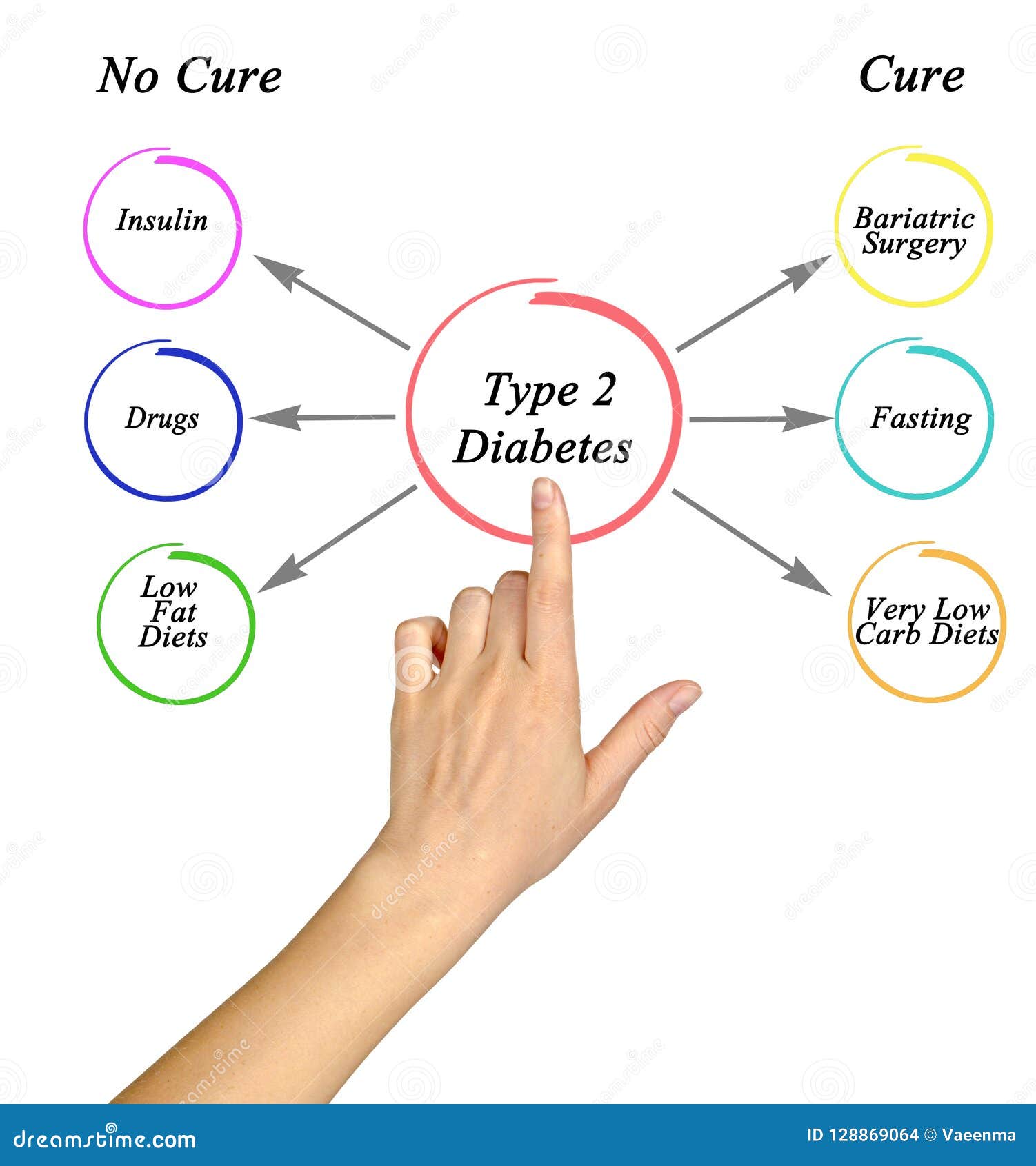
Type 2 diabetes is a serious, long-term medical condition. It develops mostly in adults but is becoming more common in children as the rate at which people are developing obesity rises across all age groups. Several factors contribute to type 2 diabetes. Being overweight or having obesity are the biggest risk factors.
Atherosclerosis rapidly develops between ages 40 to 50, research shows. Injections into the abdomen, for example, deliver insulin quickly. How did we get here? But if treated carefully, it can be managed or even reversed. Therefore there is ample reason to believe it will have beneficial long-term cardiovascular and mortality effects similar to the drug studies in SGLT2 inhibitors. A study found that certain interventions can help put type 2 diabetes into remission, including. Foods lower on the GI include vegetables, especially non-starchy vegetables, like broccoli, cauliflower, and leafy greens and whole-grain products, such as brown rice as opposed to white rice, Chong says. Where your fat is distributed also affects your diabetes risk and management.
How can you lower your blood sugar levels? Many GI issues are caused by nerve damage from high blood sugar If you have type 2 diabetes and your body mass index BMI is greater than 35, you may be a candidate for weight-loss surgery bariatric surgery. Examples include canagliflozin Invokana, dapagliflozin Farxiga and empagliflozin Jardiance. Although support groups aren’t for everyone, they can be good sources of information. Breaking physical activity into five minute sessions throughout the week can help a person manage this amount of exercise.
